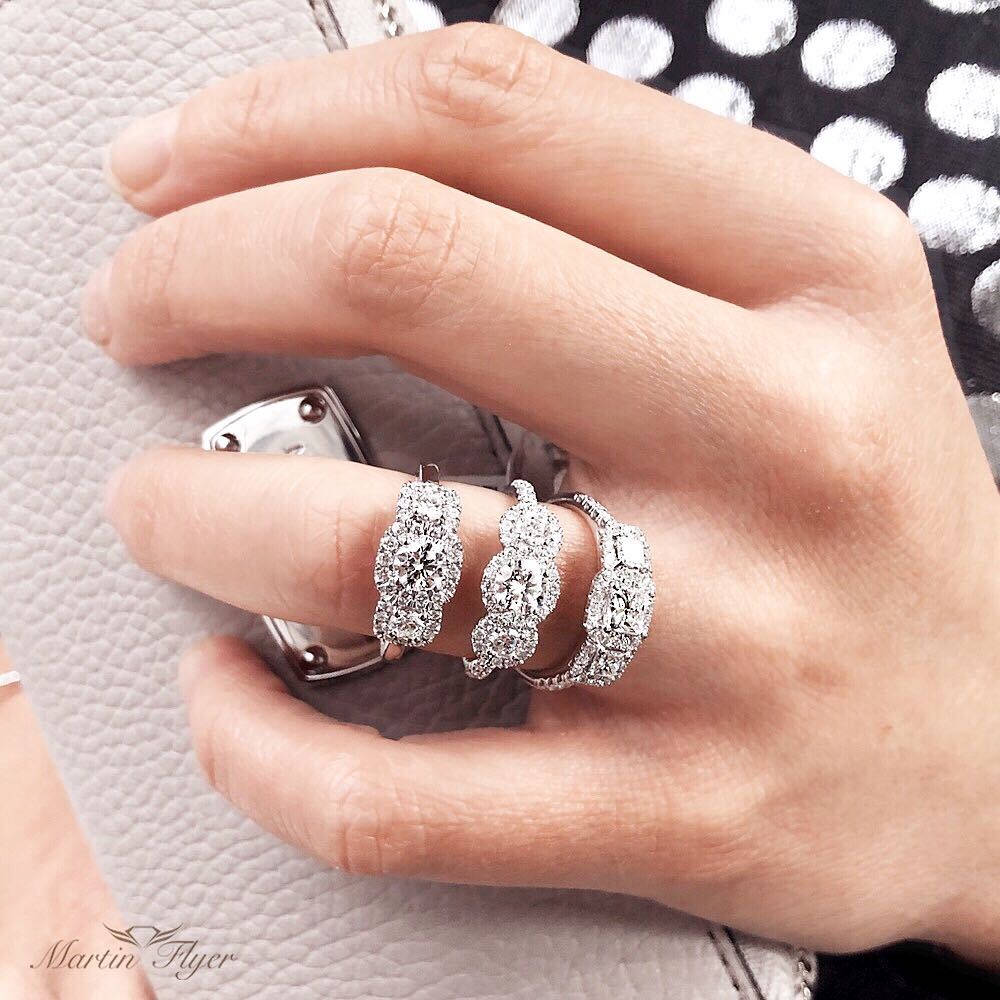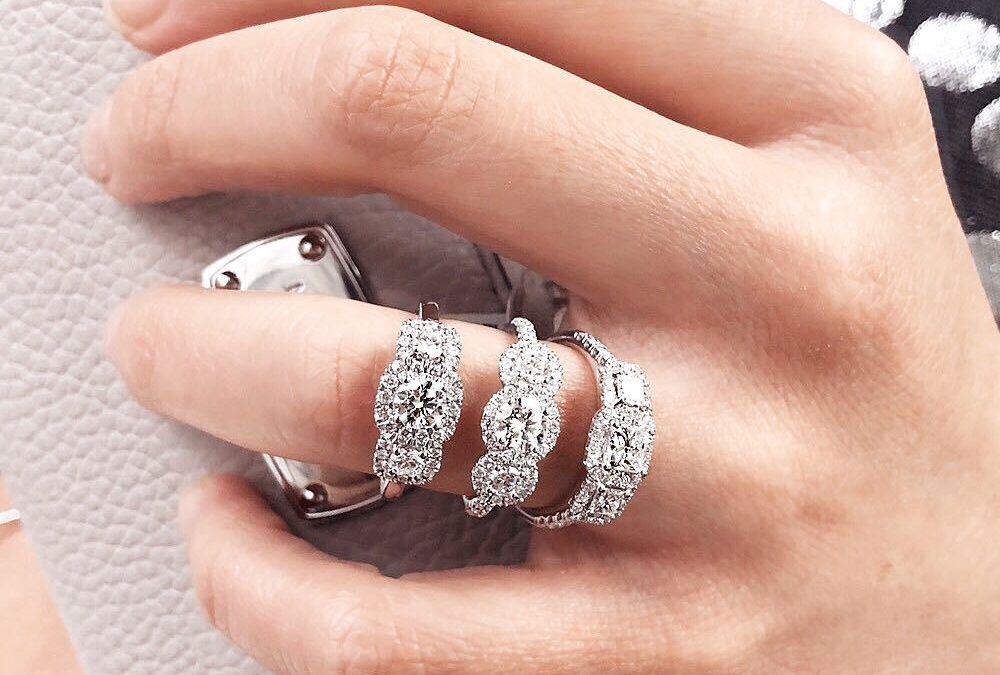
If you are in the market for a loose diamond or an engagement ring, there is a good chance you have come the term “diamond carat.” At Goldsmith Jewelers, we help work with both new and experienced clients, and we believe educated customers are happy customers. We are very proud of the education we give to our customers as we know that with knowledge comes power.
Diamond sizes and how diamonds are measured is the most commonly discussed aspect of any diamond. Diamond carat size is on many wish lists, and it’s in every headline when a celebrity gets engaged. But have you ever wondered what carat size really means?
Read on to learn about what diamond carat means and how it might affect your loose diamond or engagement ring purchase.
So Why Diamond Carats?
Carats (ct) are a unit of mass used to weigh diamonds, gemstones, and pearls. The carat is a very old standard of measurement that extends back to at least the 16th century for measuring diamonds. The carat probably has its origins in the carob seed used in Greek and Roman times as a standard form of small measurement. Even though we think of carat as a measuring the size of the diamond this is not the case. The carat is a weight measurement so the appearance of two stones that are both 1 carat diamonds can be somewhat different.
Today a carat is equal to 200 mg. This standard of measurement was adopted early in the 20th Century by the General Conference of Weight and Measures (Conférence générale des poids et mesures – CGPM). Interestingly, the CGPM, established in 1875, is the same organization that established the metric system and encouraged its adoption throughout the world for the standardization of all weights and measurements.

Each carat is divisible by 100 points, each weighing 2 milligrams. Prior to the standardization and adoption of the carat system different countries used slightly different standards of measurement for diamonds and gemstones making it very difficult to compare one stone to another without placing them side by side. The adoption of the carat meant that a diamond seller in Africa and a diamond buyer in Brussels could reach an agreement concerning a particular stone much more easily.
Are All Diamonds Created Equal?
However, the carat system has its limitations because diamonds are shaped and cut differently. A 1 carat diamond can be cut long and deep and it will look visibly smaller than a diamond that is cut shallower. The different cuts of the stones, for example cushion, round, marquise, square, emerald or pear will also weigh different amounts because the cuts are different. In other words, how the stone is cut and its shape can have a dramatic impact on the presentation of the stone.
The size of a diamond dramatically influences its price. This is where the carat becomes a very valuable tool. Larger diamonds are rare compared to smaller diamonds so the price per carat substantially increases based on the weight of the stone. For example, a 5 ct diamond may cost $45,000 per carat while a smaller stone less than 1/2 ct may cost $2,400 per carat for a diamond that is graded the same in all the other categories. To explore how different diamonds compare, visit our diamonds page.
Shop a selection of Goldsmith Jewelers engagement rings online HERE, or stop in soon to see our full selection at our North Royalton, Ohio, showroom.
“I could not have had a more rewarding experience with this jeweler! Absolutely delivered on what they promised me for my engagement ring. Kurt and his staff are nothing but the utmost professionals and always gave me truthful answers. Never felt like they were trying to just sell me an item – rather they encouraged me to truly find what I liked the most regardless if it was purchased from them or not. My fiance and I couldn’t be happier with Goldsmith’s. Have already recommended this jeweler to my friends!!
Connect with Goldsmith Jewelers:
Instagram | Facebook | Twitter

